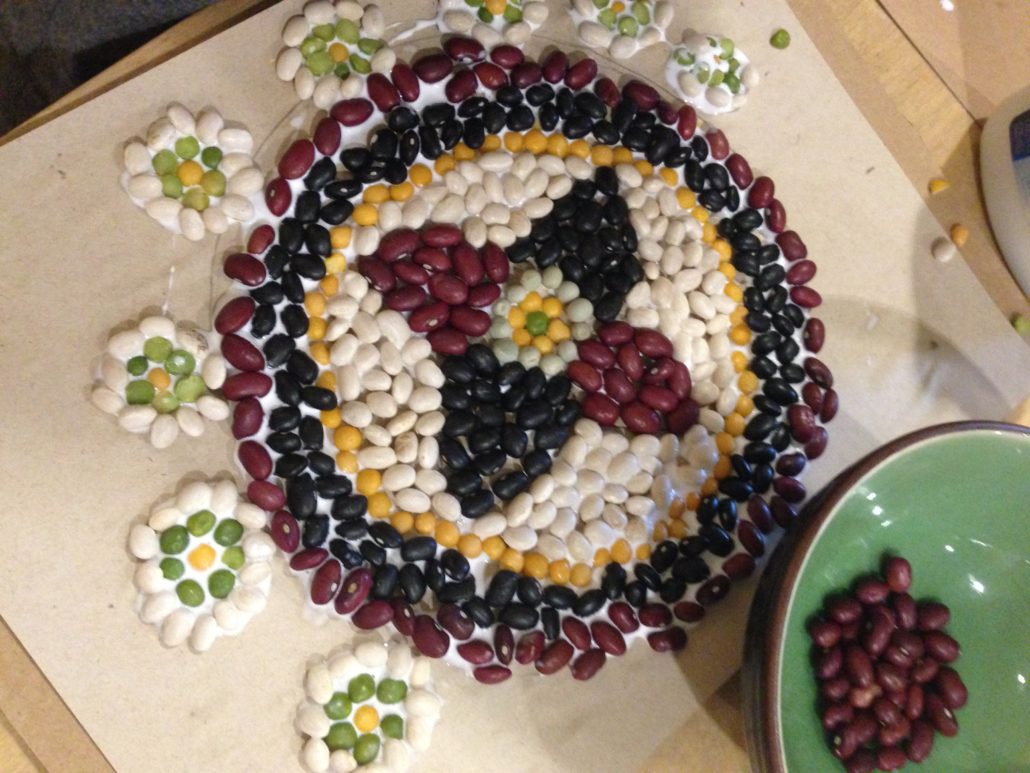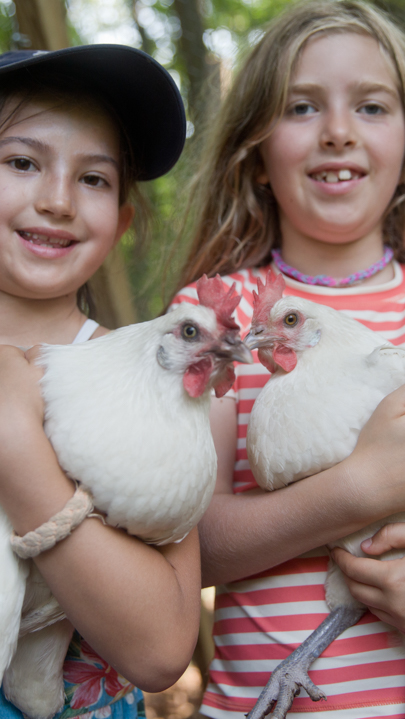The Pantry
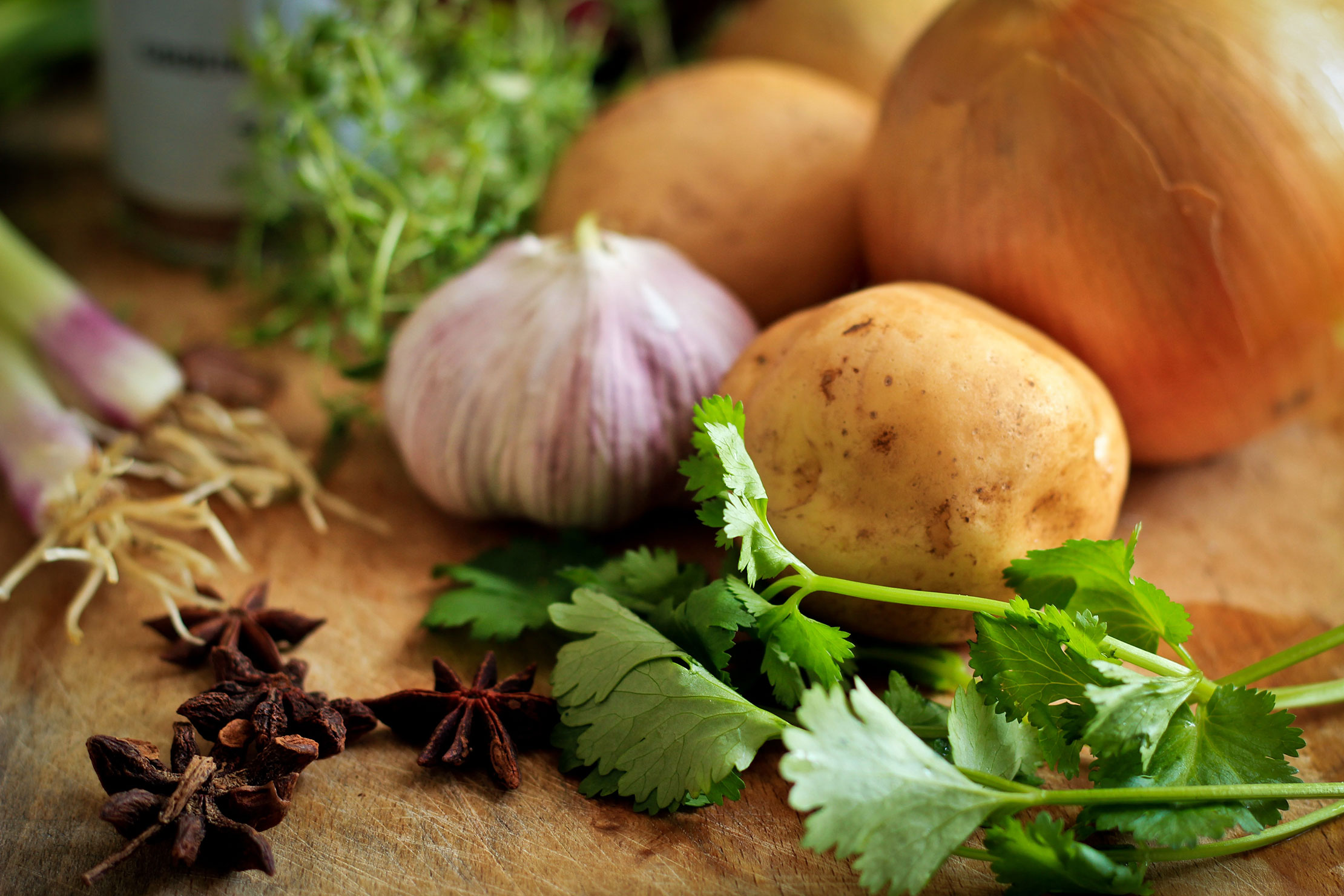
Eva Szigeti unpacks the pantry, and in doing so, lets us in to the longing, beauty, and ambition that are bedfellows of every gardener and cook.
It is cold outside. The first significant snow of the season is coming down, covering the empty garden beds. I feel content in my warm, cozy living room.
In general, I am quite happy with our suburban home. Still, if I could wish for two extra rooms, I would not hesitate. My choices would be clear: I would wish for a mudroom, hoping that all the mess would be left behind there and keeping the house neat and clean would be easier. Even more than a mudroom, I would love to have a space for storing food, a pantry room.
“Pantry? That’s a funny word,” my seven year old daughter comments. “What does it have to do with pants?”
Well, not much. The word has its origin in Latin. There was the Latin panis, then Anglo-French paneterie and paneter (servant in charge of the pantry). Paneterie became panetrie in Middle English and today we call the space reserved for storing food ‘pantry’. The Latin panis means, of course, bread. The funny word actually does make perfect sense.
Hearing the word pantry I see a small, cold, dark room full of edible treasures: pickles of all sorts, jams and jellies, canned and dried fruit, homemade tomato sauce, cured meats, nuts and herbs. A pantry is like a walk-in closet, but instead of shirts, dresses, suits, and scarves there are pickles, jams, beans, and smoked sausage.
A small pantry room is a common feature of European houses and even city apartments. I miss not having a pantry.
I see the pantries of my childhood: rooms with simple, wooden shelves filled with neat rows of jars of different colors and sizes: sour cherry preserve, prune butter, pickles, pickled stuffed peppers, canned apricots to mention just a few favorites. There are sausages, slabs of bacon and prosciutto hanging from a rack. On the floor is a big crock of lard. Next to it are bags of flour, rice, sugar, and salt – a lot of it – much more than a family could use in a week or two. Just in case…
One could find walnuts, dry beans, red paprika, and herbs stored in linen bags. There are perhaps a few bottles of elderberry syrup and a ceramic barrel filled with sauerkraut. Grandma’s pantry was never without heart-shaped gingerbread cookies she kept for us, her grandchildren.
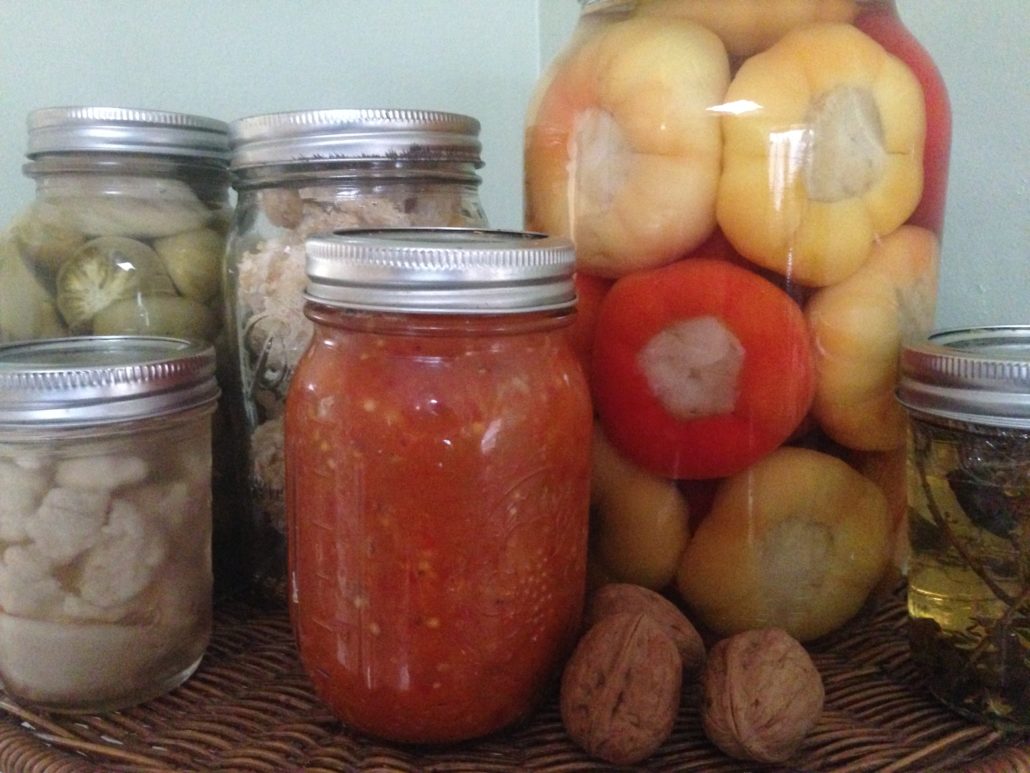
I am thinking about the next growing season and I am already filling my imaginary pantry. The first jars of the season are the strawberry and strawberry rhubarb jams in late May. They are followed by jars of canned cherries and sour cherry preserve in June. Raspberries and apricots are next. In July, I will preserve blueberries and make lots of pickles: garlic pickles, dill pickles, and horseradish pickles. The surplus tomatoes from the garden will be turned into tomato sauce, some might be dried, and maybe I will push myself and make ketchup. Peppers will be pickled, red ones preserved in oil. Peaches, my favorite canned fruit, are a must in August. I definitely will make prune butter and eggplant spread. Drying herbs for cooking and tea will be an ongoing activity all summer long. Then the fall comes and with it the season of applesauce and sauerkraut. In late September, I will make a huge jar of pickled “everything” like my grandma used to make. Nothing gets wasted, so in a gallon-sized jar the season’s last peppers, green tomatoes, and cabbage come together with some carrots, onions, and pickling spices. This will be the special jar for the holidays.
For the gardener, the pantry is sort of a memoir of the last growing season. It is like a marketplace for a cook. For children, the pantry room is an exciting and tempting space to explore. They sneak in when no one is looking to have a taste of the best jam. Just a tiny bit, so mother wouldn’t notice. Mothers consider the pantry their own domain. They hide birthday presents on the highest shelf behind the tall jars. For them, it is a safe place to keep the sweet treats they give out now and then.
I’d like to have a pantry room because it is practical, but also because it could be beautiful, giving a sense of safety and satisfaction to the gardener and cook in me.
There are of course many more reasons to wish for a pantry. I like to keep in mind that Emily Dickinson wrote some of her poems in the quiet, cool pantry room…
Bean Mandala
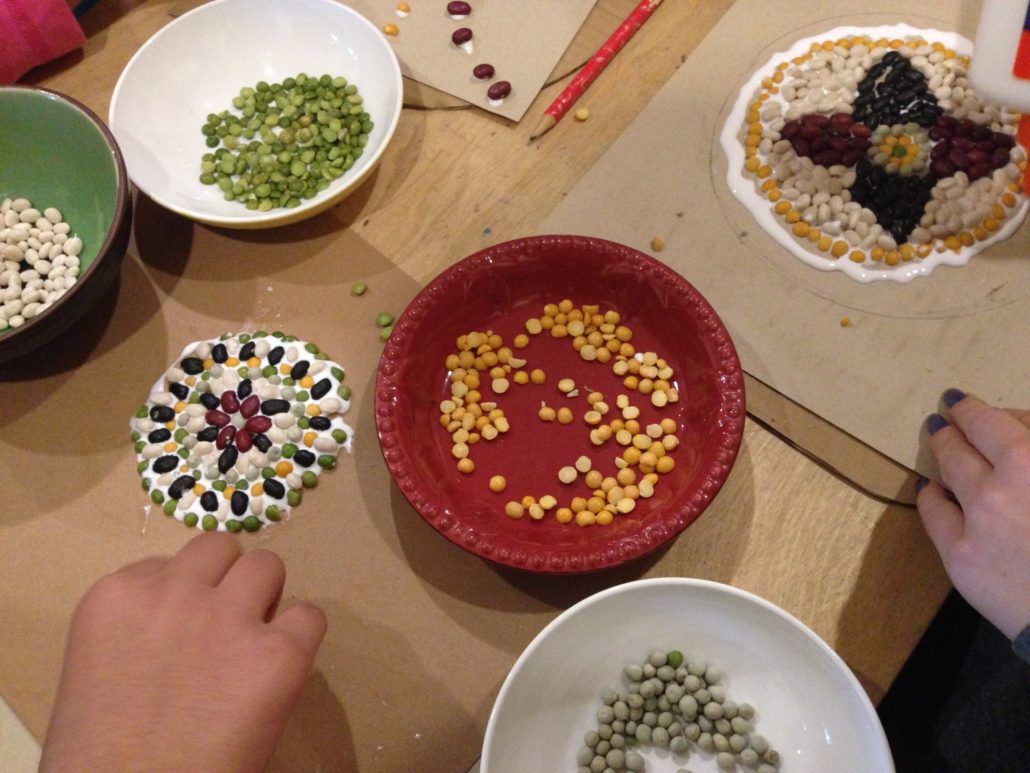
On a winter day, the pantry could be a source of material for an art project. A surplus of dry beans and peas could be used for making bean mandalas.
You will need:
Piece of heavy cardboard
Beans, peas and/or lentils of different colors and sizes
Craft glue
Ruler and compass (optional)
Using compass and ruler draw your mandala design on the cardboard. Choose beans, lentils and peas you would like to use for particular areas of your mandala. Put glue on the area you wish to fill with beans. Glue the beans on. Proceed to the next segment of your mandala.
Make sure to use a variety of colors and sizes.
If you prefer to work without drawing a design, start by creating the middle of your mandala first. Develop your design as you go.
